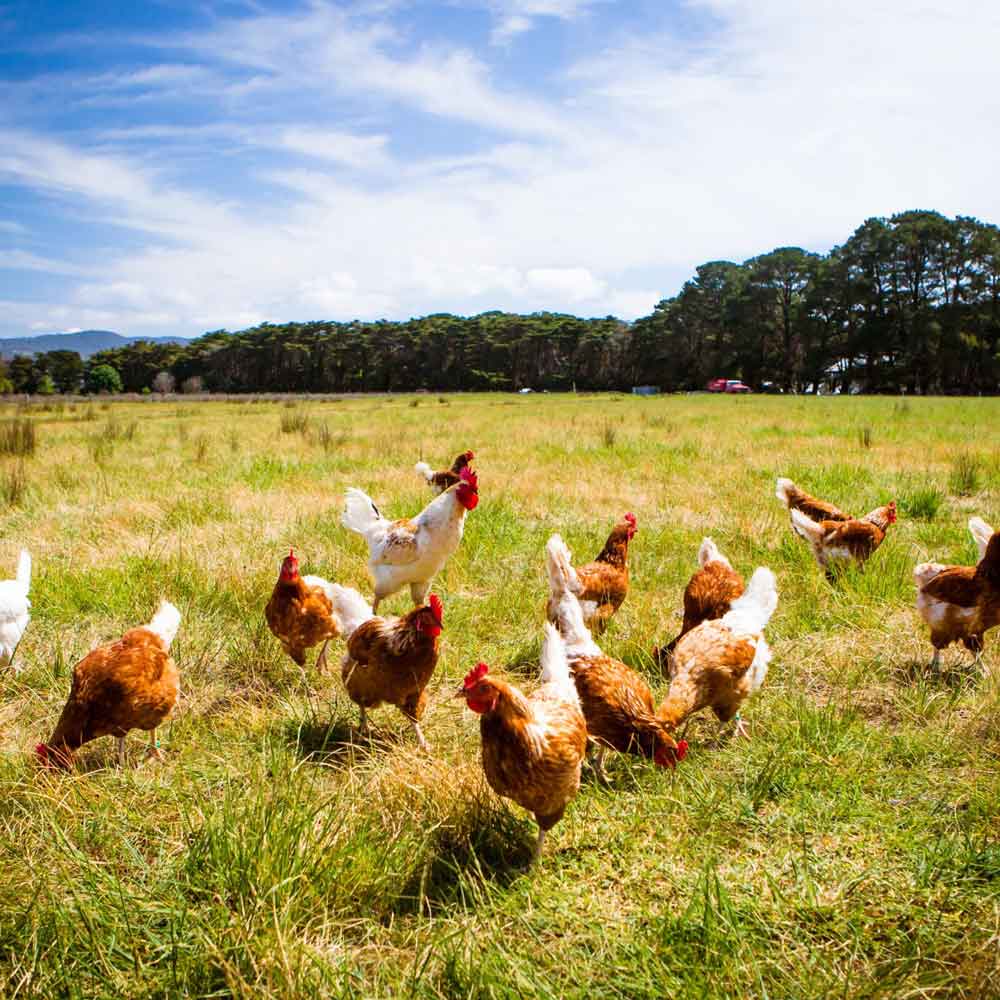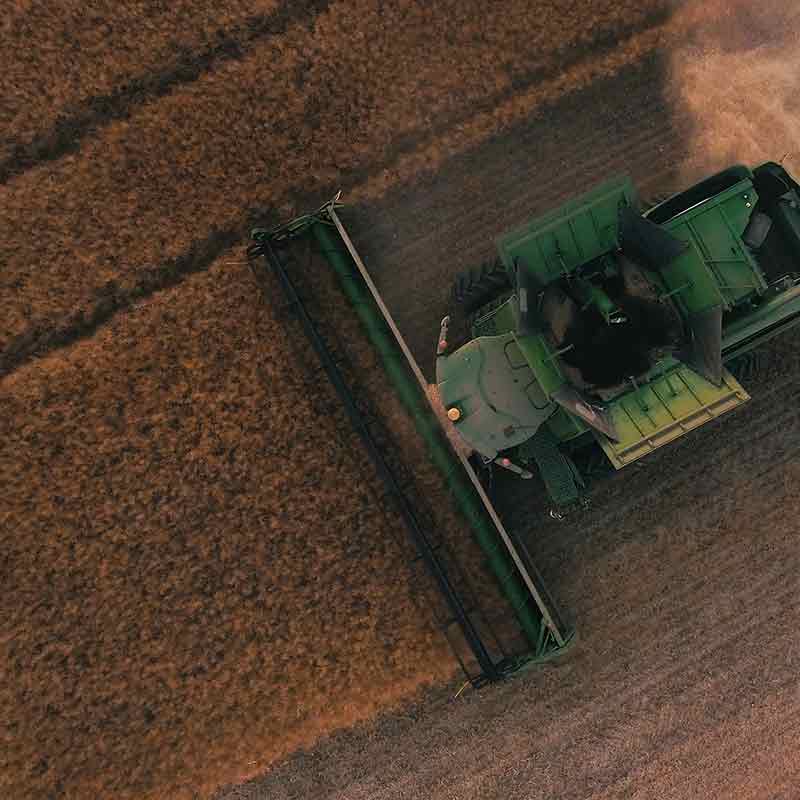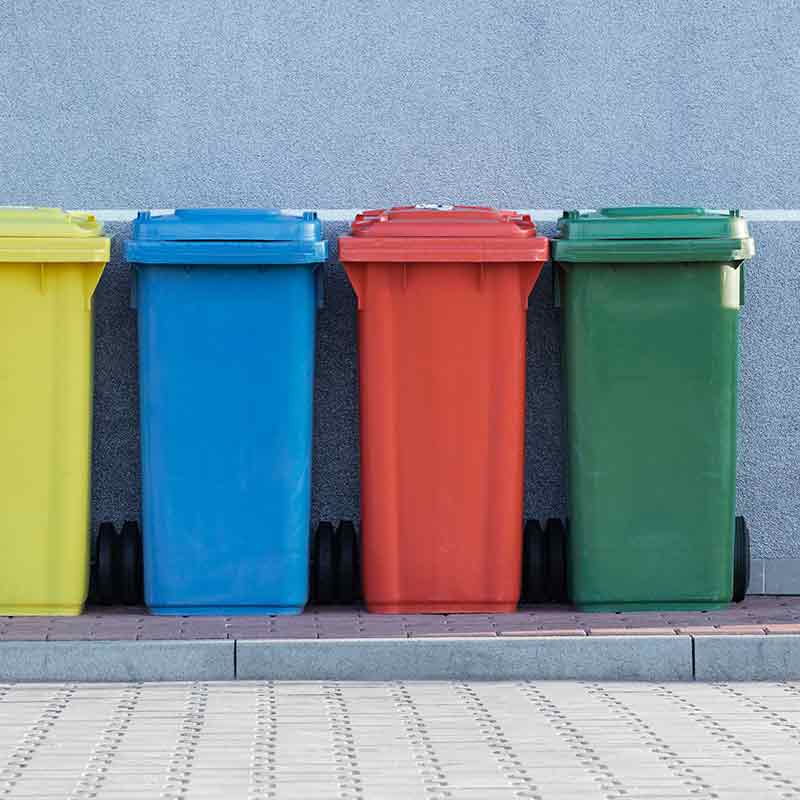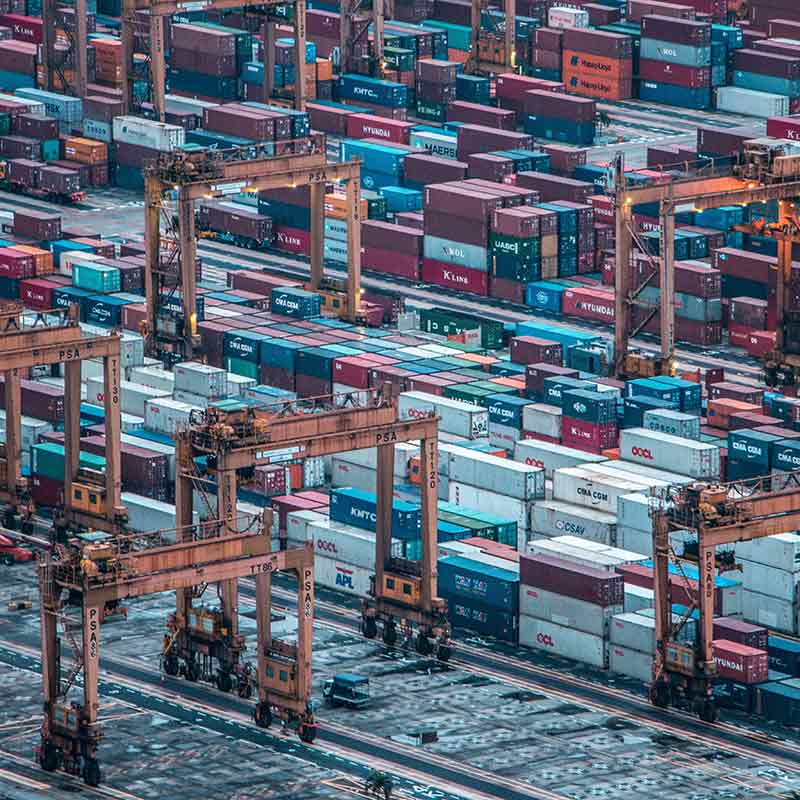Build a sustainability plan 101: assess impact & opportunity

Know where you stand
The first, essential step to building a sustainability plan is to take stock of the environmental impacts of the activities/operations up and down your company’s supply chain. The goal is to understand your company’s current environmental performance and determine where to focus your efforts.
You may already know what you want to focus on. If you do, great! You can move on to Step 2: identify key stakeholders.
If you don’t know where to start, however, you’ll need to assess your impact and opportunities. There are several ways to do this:

1. Assessing impact
Benchmark to peer companies
Understanding what your peers are doing is a great way of building off of existing work. Many companies publish Corporate Social Responsibility documents that outline the sustainability actions they’ve taken. Familiarizing yourself with the sustainability norms of those in your industry can jumpstart your own sustainability plan.
Conduct a Life Cycle Assessment (LCA)
If you want to take a deeper dive into understanding your impacts and opportunities, reviewing existing LCAs can give you good sense of this. You may have heard the term “cradle-to-grave” before. This is the scope we use to consider all of the inputs and processes required to produce, distribute, use and dispose of a product — from cradle to grave. The LCA method takes a scientific approach to categorize and assess all of the impacts associated with the product.
The product(s) you are focusing on here may already have already had their impacts assessed through an LCA, so you’ll want to learn if there are existing LCAs before you go down the path of performing a new one.
There are many companies and universities that perform LCAs. Simple internet and Google Scholar searches could give you a quick understanding of what’s already out there.
For more information, visit the US government’s Sustainability Facilities Tool site, which gives an overview on the basics of LCAs.
Identify an issue that is important to your company and manage that first.
You may find yourself overwhelmed with the scope of the impacts that your company faces. To make it manageable, work with your leadership to hone in on one big issue (i.e., healthy products or climate) to make your priority. This will help you stay focused and make your messaging within your company consistent. Once you’ve made progress on that issue, you’ll likely find that you’re more confident in tackling other issues and your leadership will be more open to broadening the company’s work as well.
Conduct a risk assessment to identify the issues/regions/products that matter most to your company.
Understanding the issues for your production regions is an excellent way to identify the impacts and opportunities for your sustainability plan. Of course, you’ll first need to know a bit about your supply chain to know where to target your risk assessment.
Reach out to an NGO for guidance
We’re here to help! There are many environmental organizations that can provide practical guidance to companies on what their impacts are and where they should start.

2. Life Cycle Assessment
To truly understand the environmental impacts of each of your core areas, it’s imperative that you assess each node of the value chain. Depending upon where your company “sits” in the product’s life cycle, you may have to look both upstream (sourcing, manufacturing, distribution) and downstream (retail, product use, end-of-life).
If you are unsure of the environmental impacts of your core areas, it is important to review or conduct a Life Cycle Assessment (LCA) for it. LCA is a technique to assess the environmental aspects and potential impacts associated with a product by:
- Compiling a life cycle inventory of potential environmental impacts associated with a product.
- Evaluating the potential environmental impacts using a science-based methodology for determining where in the product’s life cycle the impact occurs.
- Interpreting the results to help make a more informed decision about the human health and environmental impacts of the product.
A brief primer on LCA can be viewed here.

3. Materiality assessment
A major step of building a sustainability plan will be making the business case (you’ll do that later in this process), it’s important to weigh the environmental impacts against what your business strategy is; what does the business value?
The major factors to consider here are:
- What are the relative environmental impacts?
- What are the relative risks to operations?
- What degree of control over the activity/operation does your company have?
- What are your competitors focusing on? Why?
Depending upon the depth, breadth and capacity of your supply chains, conducting a holistic materiality assessment can be quite demanding.
A quick primer on conducting a materiality assessment can be found here.
TOOL: Sample opportunity assessment matrix
This matrix is intended to determine the relative importance of each product’s impact along the value chain–and enable you to make a list of activities/operations to begin to address with your sustainability plan.
Who can help me with assessing impact and opportunities?
Consultants
Many LCAs and materiality assessments have already been conducted, so it may not be necessary to conduct one from scratch. You can search online for for-profit companies or work with a consultant to determine what you need to do to understand your environmental impact.
NGOs
Environmental Defense Fund
World Wildlife Fund
The Nature Conservancy
Conservation International
Initiatives
Science Base Target Initiative
Life Cycle Assessment Tools
Carnegie-Mellon’s Economic Input-Output Life Cycle Assessment
openLCA
GaBi
SimaPro
Want a deeper dive on assessing impact for your interest area(s)?
Sustainable agriculture
Thriving forests
Sustainable energy
Zero waste – packaging
Build a Plan
Build a sustainability plan 101: introduction
Guide
Build a sustainability plan 101: assess impact
Guide
Build a sustainability plan 101: ID stakeholders
Guide
Build a sustainability plan 101: set goals
Guide
Build a sustainability plan 101: objectives
Guide
Build a sustainability plan 101: ID pilot projects
Guide
Build a sustainability plan 101: the business case
Guide
Build a sustainability plan 101: pitch & launch
Guide
